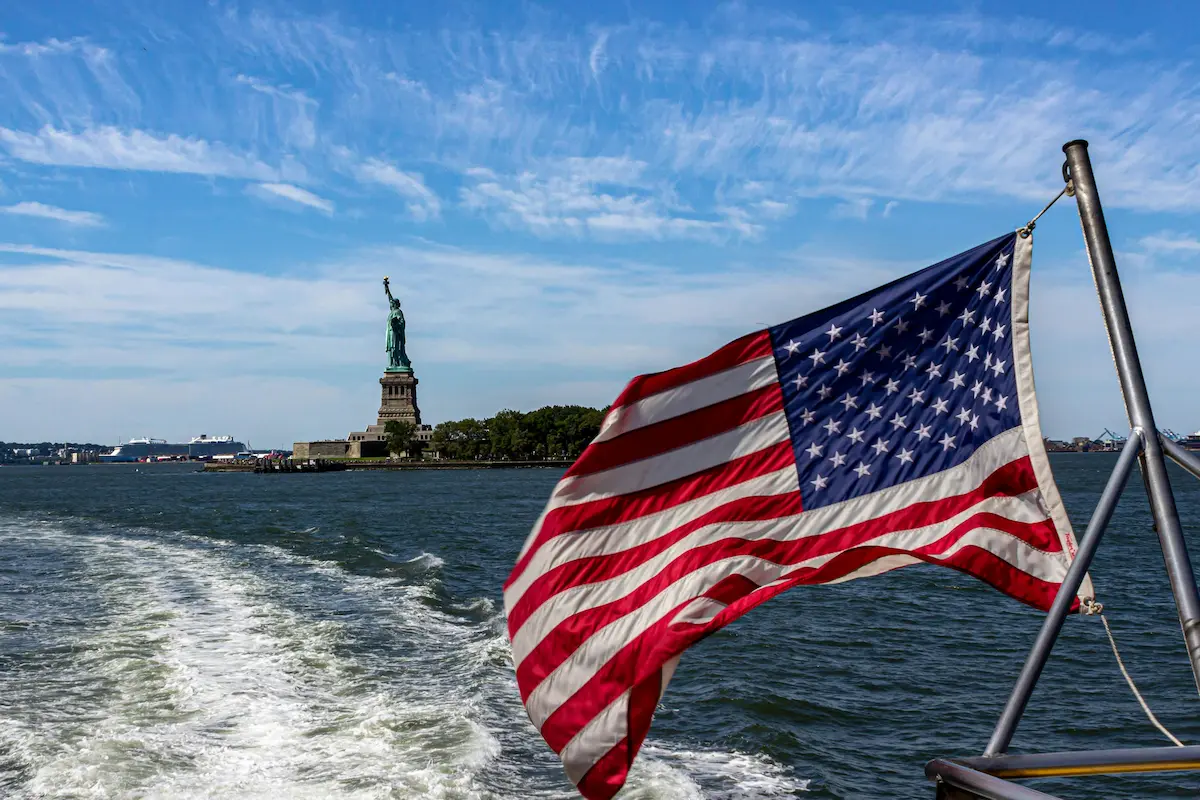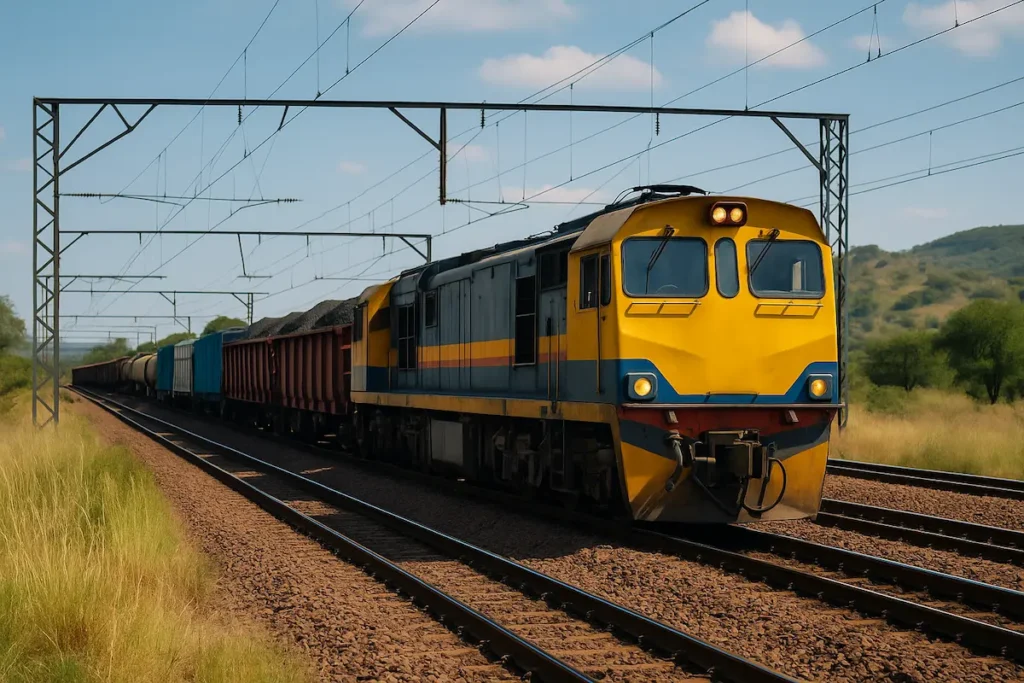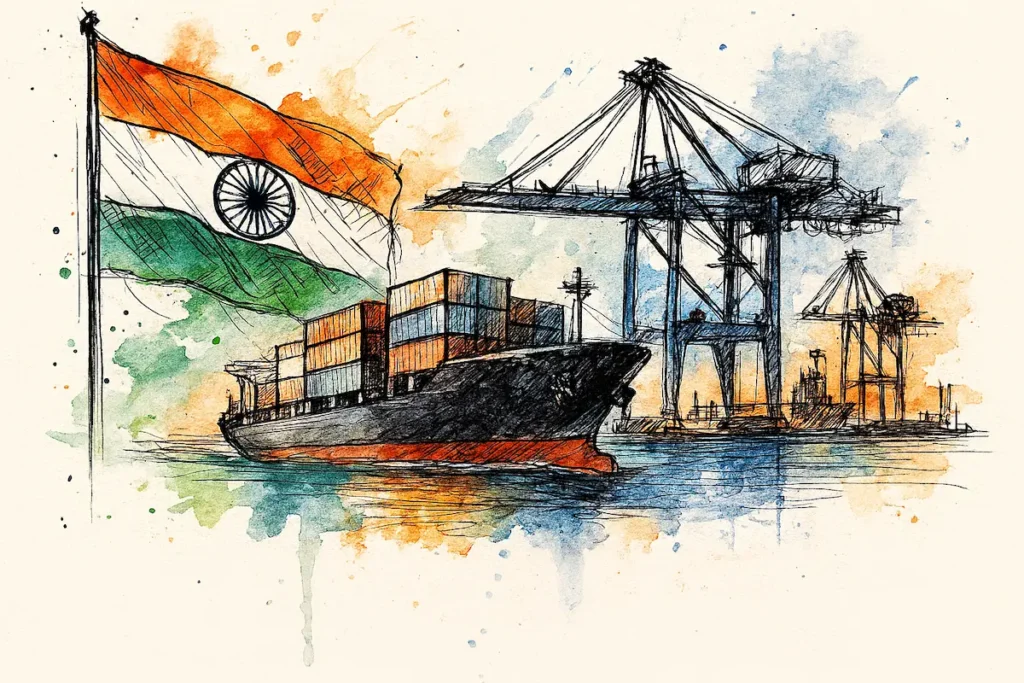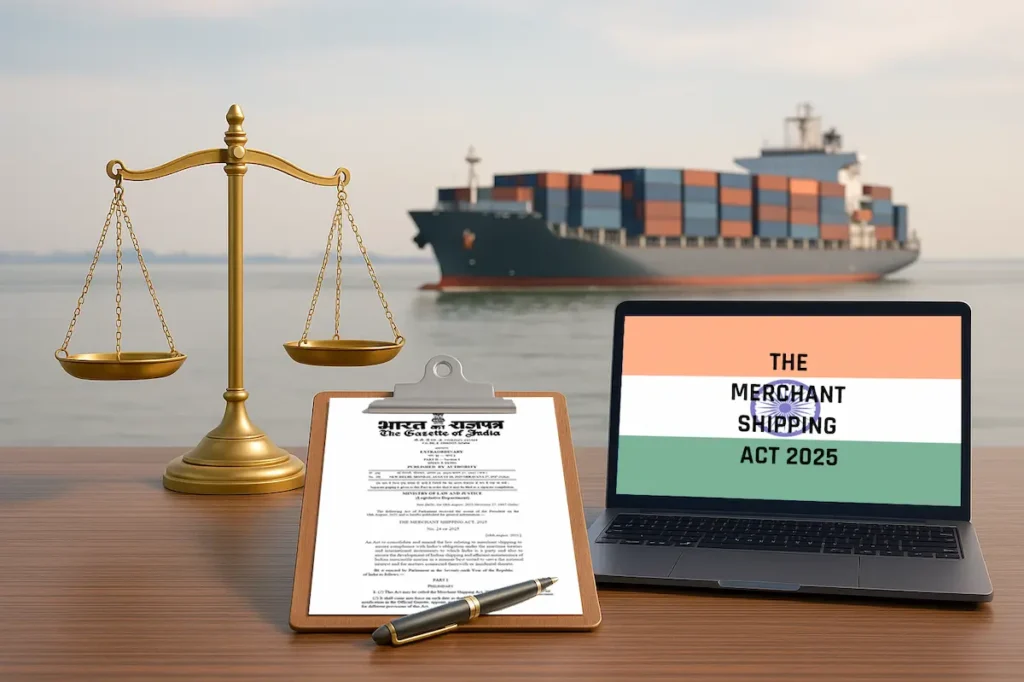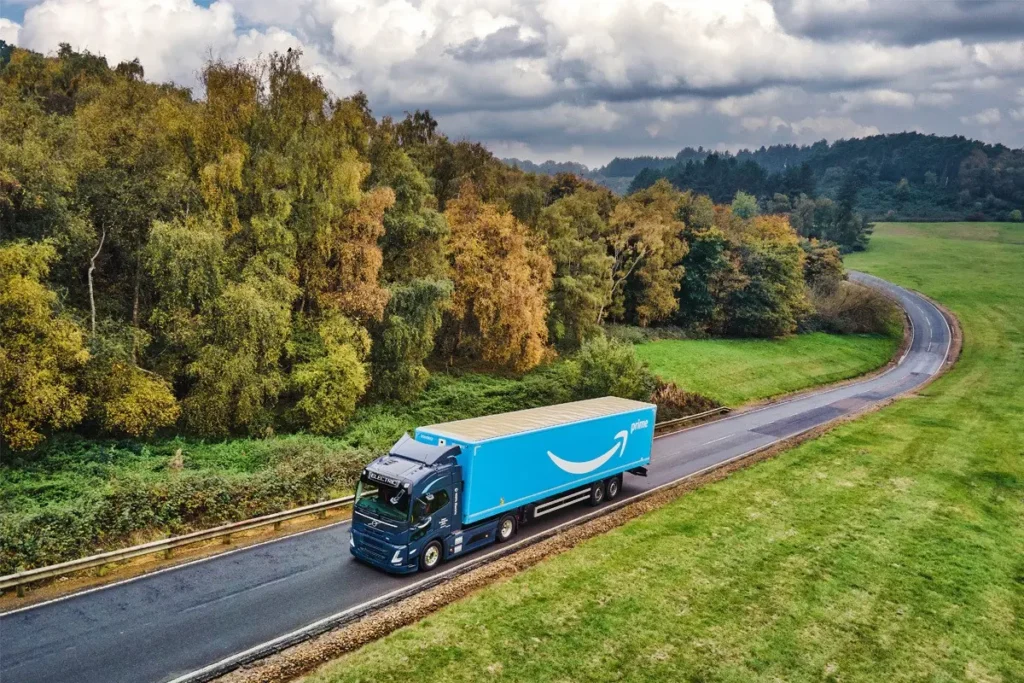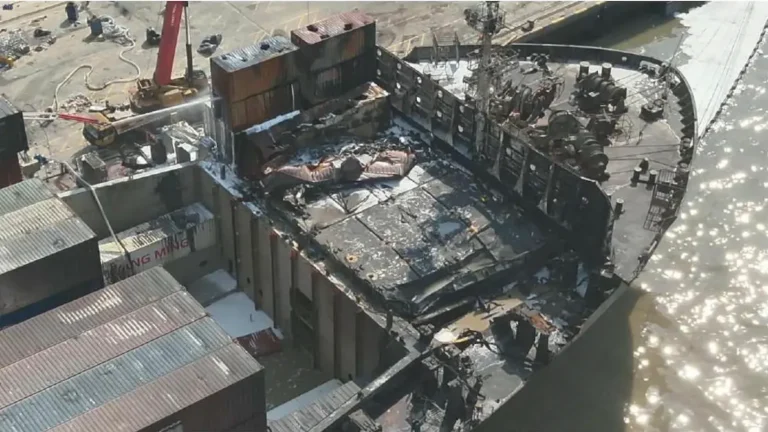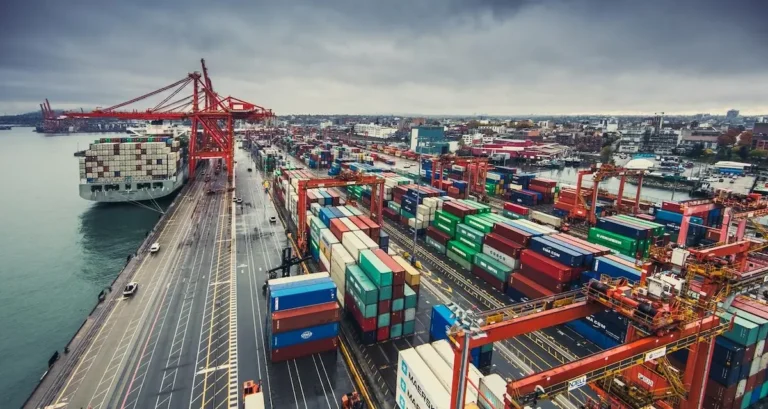Geopolitics is a study of the influence of such factors as geography, economics, and demography on the politics and especially the foreign policy of a state..
Geopolitics runs the world and there is always something that happens in geopolitics that sparks curiosity in this case, the curiosity is about what is happening in the dynamic world of maritime, shipping and freight, and of course tariffs..
The curiosity is about events unfolding in ways that seem almost too aligned or coincidental to be random..
In recent weeks, the global trade ecosystem has been witnessing a flurry of developments at a speed never seen before which raises a simple but crucial question – Is this just a coincidence or are we witnessing a well-orchestrated strategy playing out in real time..??
I am referring to the developments in the industry on the back of several announcements and pronouncements made by the 47th administration of the United States of America..
The 47th administration of the USA has been vocal about countering Chinese influence in shipbuilding and global maritime operations.. And almost immediately, major shipping and logistics powerhouses like MSC, CMA CGM, and TiL have made bold investment moves that seem perfectly timed with U.S. policy shifts..
Are they merely responding to new opportunities, or is there a broader realignment happening..??
The USA’s push to reshape maritime power
The Trump administration has made it very clear that it wants to reassert USA’s position in global shipping and shipbuilding.. In his latest address to Congress, President Trump laid out an ambitious vision:
“To boost our defense industrial base, we are also going to resurrect the American shipbuilding industry, including commercial shipbuilding and military shipbuilding. And for that purpose, I am announcing tonight that we will create a new Office of Shipbuilding in the White House and offer special tax incentives to bring this industry home to America, where it belongs. We used to make so many ships. We don’t make them anymore very much, but we’re going to make them very fast, very soon. It will have a huge impact.”
This announcement was promptly followed by clear and immediate policy shifts:
- The White House Office of Shipbuilding is being established, with tax incentives and policy support to bring shipbuilding jobs back to US shores..
- A proposed fee on Chinese-built ships docking in US ports—a move that could massively impact global trade and push companies to rethink where they build their vessels, or it could be detrimental to the U.S. economy if things take an ugly turn..
- A crackdown on foreign-built cranes in American ports, citing national security risks—a direct shot at China’s dominance in port equipment manufacturing..
- The Panama Canal is back on Washington’s radar, with President Trump stating: “China is operating the Panama Canal. And we didn’t give it to China. We gave it to Panama, and we’re taking it back.”
The message is clear.. The US is no longer just talking, it is actively laying the groundwork to shift the balance of maritime power..
Coincidence or calculated response..??
Within weeks or days of the announcements of these policies and policy shifts, major players in the maritime and shipping industry have made announcements that are well aligned with US interests..
Are these announcements independently driven business decisions or signs of an emerging strategic alignment..??
1) The French shipping giant and the 3rd largest container shipping line in the world CMA CGM just yesterday pledged a staggering USD20 billion investment in the US maritime infrastructure, promising to:
- Triple the number of U.S.-flagged vessels in its fleet
- Develop new port logistics and air freight hubs
- Create 10,000 new jobs in the U.S. over the next four years
I am proud to build on our long-standing relationship with the United States through this commitment of $20 billion to the country’s maritime future and logistics capabilities. Over the next four years, we will significantly grow our U.S.-flagged fleet, expand the capacity of key container ports on both coasts, develop state-of-the-art warehousing across the country, and establish a significant air cargo hub in Chicago. This will create 10,000 new American jobs and further strengthen our partnership with American customers and public authorities.” said Rodolphe Saadé, Chairman and CEO of CMA CGM Group in a statement..
This is by no means a small investment and its alignment with the efforts of the White House to strengthen US-controlled shipping and its timing is impossible to ignore..
2) MSC, the world’s largest container shipping line through its terminal investment company TiL and in partnership with US investment company BlackRock have struck a USD22.8 billion deal with Hutchison Ports which gives them control over 43 ports across the world including the ports of Balboa and Cristobal located at the Atlantic and Pacific entrances to the Panama Canal respectively..
This comes just as the Trump administration raised concerns about foreign influence (mainly China) in the region.. Whether this is a purely opportunistic investment or part of a broader industry shift the timing of this move is also impossible to ignore..
The case for a coordinated effort
While some may argue that this is a well-choreographed geopolitical and economic realignment, a few points come to mind
- Carriers and investors being cash-flush notwithstanding, the speed of these investments is remarkable, especially in shipping which is not known for its quick finalisation of billion-dollar deals..
- CMA CGM’s investment plays directly into President Trump’s vision while a US investment firm’s control of strategic port assets at both ends of the Panama Canal aligns eerily with the President’s rhetoric..
- It raises the question whether these companies were simply well prepared or did they anticipate the shifts..?? Whether this is purely business or part of a larger geopolitical shift remains to be seen..
The case for pure coincidence
At the same time, if we look at it without jumping to conclusions, the alternative is that it is simply a mix of independent and individual business decisions that happens to coincide with US policy changes around the same time it was made..
It has to be acknowledged that CMA CGM has been expanding its logistics footprint for years with its acquisition of APL (formerly American President Lines), CEVA Logistics, Bolloré Logistics, GEFCO, 48% share in multi-terminal operator Santos Brasil among others.. So could this USD20 billion investment be a natural progression of its growth rather than a calculated response to U.S. policy..??
Hutchison’s port sale was reportedly planned before Trump’s administration raised concerns about China’s influence over the Panama Canal.. These port acquisitions are part of MSC and TiL’s global strategy and with this latest acquisition, MSC is now the largest container vessel operator and private terminal operator, especially after its 49% stake in Hamburg terminal operator HHLA in 2024..
However, the timing and choice of buyers and investments raises questions about whether key players are responding to US geopolitical shifts as strategic positioning or purely independent market forces..
So what next in the US maritime power play..??
Well, if what is happening is a coordinated effort, the expectation is that we will see
- More major industry players shifting focus to US-controlled shipping routes and investing in non-Chinese shipbuilding, although not necessarily US-based shipbuilding.. South Korea is a strong contender here and at this point, the USA is not anti-South Korea..
- Tighter US regulations favouring US-built ships or US-flagged ships with potential subsidies..
- Potential retaliatory measures from China of course as they will not sit quietly and let their maritime dominance be challenged..
- Remember, China dominates in many areas including control over 86% of the global intermodal chassis, 95% of shipping containers, 80% of ship-to-shore cranes, 53% of global shipbuilding, 25% of the world’s shipping fleet, and operating 96 terminals globally out of which 36 are in the top 100 in efficiency
If it is all just a series of coincidences, we will likely see
- A more mixed spread of investments by US companies across other regions rather than just a US-centric one..
- China may not react as aggressively if they do not view these shifts as a direct threat (highly unlikely)..
Conclusion
History has shown that major geopolitical shifts in trade policy often coincide with industry realignments.. From the expansion of the Suez Canal’s role to China’s Belt and Road Initiative, business decisions have rarely been isolated from national interests..
So, is this too much of a coincidence to ignore, or are we reading too much into natural business progressions..??
What is clear is that the global maritime industry is shifting in a way that will definitely redefine global trade flows as the USA tries to assert its importance on the global stage.. Companies that recognise these shifts and these trends early, much like maybe what BlackRock, CMA CGM, and MSC have done will be best positioned for what comes next..

